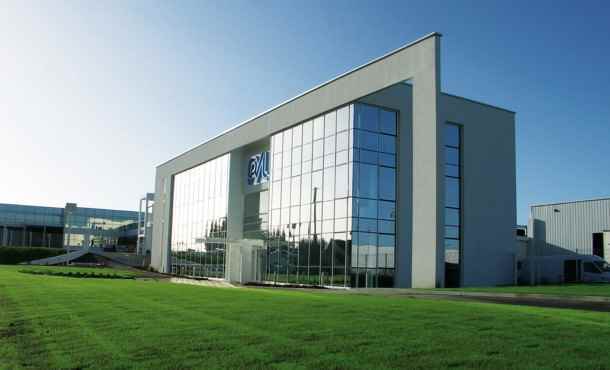After mixed half-year results, Plastivaloire should post, this Thursday evening, a turnover for the third quarter in line with the previous one. In its note of the day, the firm TP-Icap Midcap expects 175.4 million euros in billings, stable compared to the second quarter, but up 9% over one year.
This evolution, without much relief, of the sales of the specialist in the production of mass consumption objects by plastic injection, mainly for the automotive industry, is largely explained by the chronic difficulties of the sector. The conflict in Ukraine and the shortage of semiconductors got the better of vehicle production in Europe, which fell by 16.5% between April and June, which has a strong impact on Plastivaloire, which concentrates 85% of its activity on the Old Continent and moreover with car manufacturers, which represent nearly 81% of revenues.
Outperformance across the Atlantic
The group from the Loire Valley is very affected in this segment insofar as it supplies car interior equipment (cockpit, exterior parts, underhood) to manufacturers such as Stellantis, which has, in this case, reduced its order book with Plastivaloire due to the shutdown of its plant in Rennes in June. On a positive note, however, the group managed to outperform the market across the Atlantic, which was nevertheless much more dynamic than Europe. As for the Industries branch, it should confirm its good form in the third quarter with sales up 7.5% over one year.
For the second half of the year, the financial analysis firm TP-Icap Midcap wants to be cautious given the current low visibility in the sector and forecasts annual billings of 684.5 million euros, little changed compared to to 677.2 million in 2021.
In a context that remains difficult, Plastivaloire should nevertheless benefit from an improvement in the supply chains of its car manufacturer customers and from the effect of price increases. In this sense, the group has undertaken to offset 70% of the effects of cost inflation by passing them on to its selling prices.
